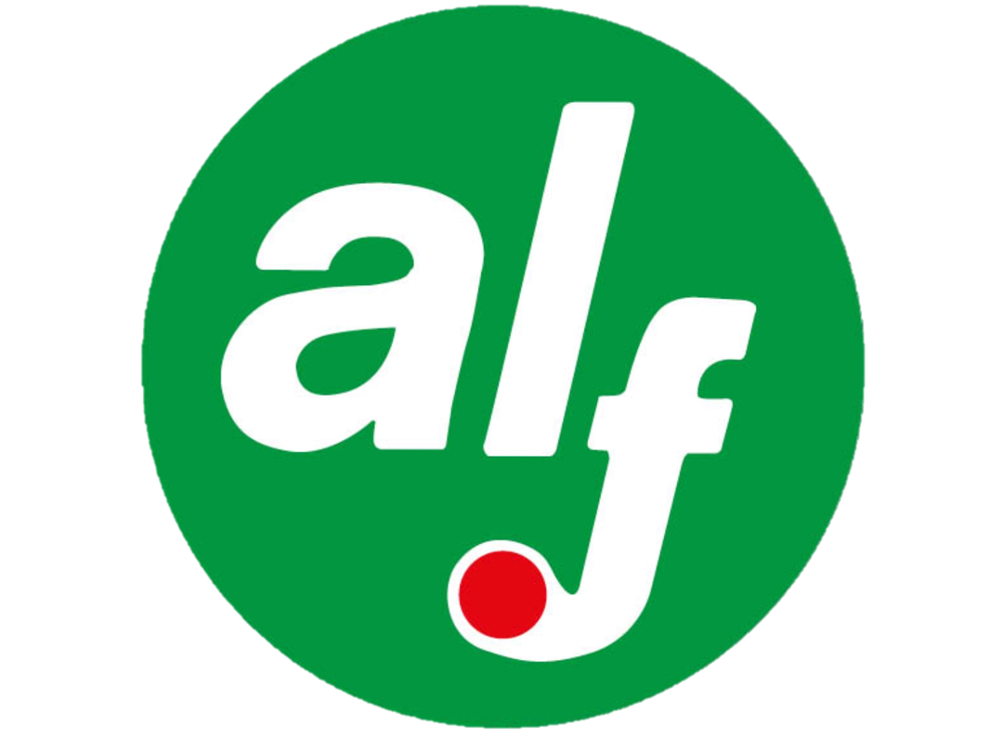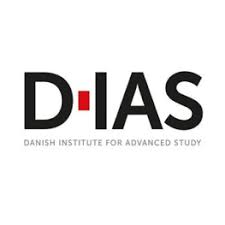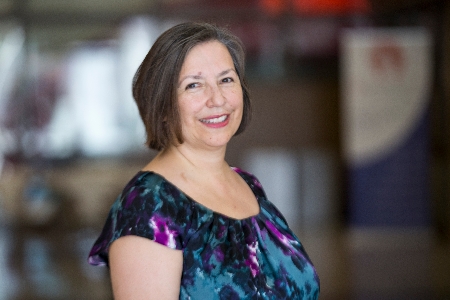Præsenteret i et samarbejde mellem Audiologopædisk Forening (ALF), Center for Sprog og Læring (CSL), Institut for Sprog, Kultur, Historie og Kommunikation (ISKHK), Syddansk Universitet (SDU), Danish Institute for Advanced Study (DIAS), SDU. Workshoppen foregår på engelsk.
Indhold
Day 1: Effective Assessment of Bilingual Children
Developmental language disorder (DLD) is characterized as difficulty learning and gene ralizing the rules of language. It is difficult to know if a child has DLD if they have expo sure to two languages because errors may be present due to either influences between two languages or DLD. In this workshop, we will discuss typical development of two languages and their expected mutual influences in the areas of vocabulary/semantics, grammar, and narrative development. We will present a framework for observing language performance in two languages that can help to distinguish DLD from typical bilingual acquisition.
Finally, we will discuss principles of dynamic assessment that can be employed to observe the language learning process informing diagnostic decisions.
Day 2: Book-based interventions for bilingual children with DLD
Bookbased interventions can be highly effective for bilingual children with DLD. Advan tages are that they can address vocabulary/semantics, grammatical structures, and narra tive organization. Such interventions should also be designed with a goal of crosslinguistic transfer. We will discuss a framework for development of a bookbased language interven tion for children with DLD. Further we will present strategies for maximizing transfer in cluding bilingual and monolingual approaches that incorporate parent participation and translanguaging.
About
Elizabeth D. Peña is a professor at School of Education at the University of California Irvine. She is certified speechlanguage pathologist and Fellow of the American Speech Language Hearing Association. Her research focuses on two lines of inquiry that address the goal of differentiating language impairment from language difference. These two interrelated areas include dynamic assessment and semantic development in bilinguals leading to test develop ment. Through qualitative descriptions of bilingual children’s performance, she focuses on potential similarities among typical monolingual and bilingual children as well as differences between typical and impaired bilingual or monolingual children. Outcomes of these efforts have resulted in publication of the Dynamic Assessment and Intervention: Improving Children’s Narrative Abilities protocol and the Bilingual English Spanish Assessment test.



